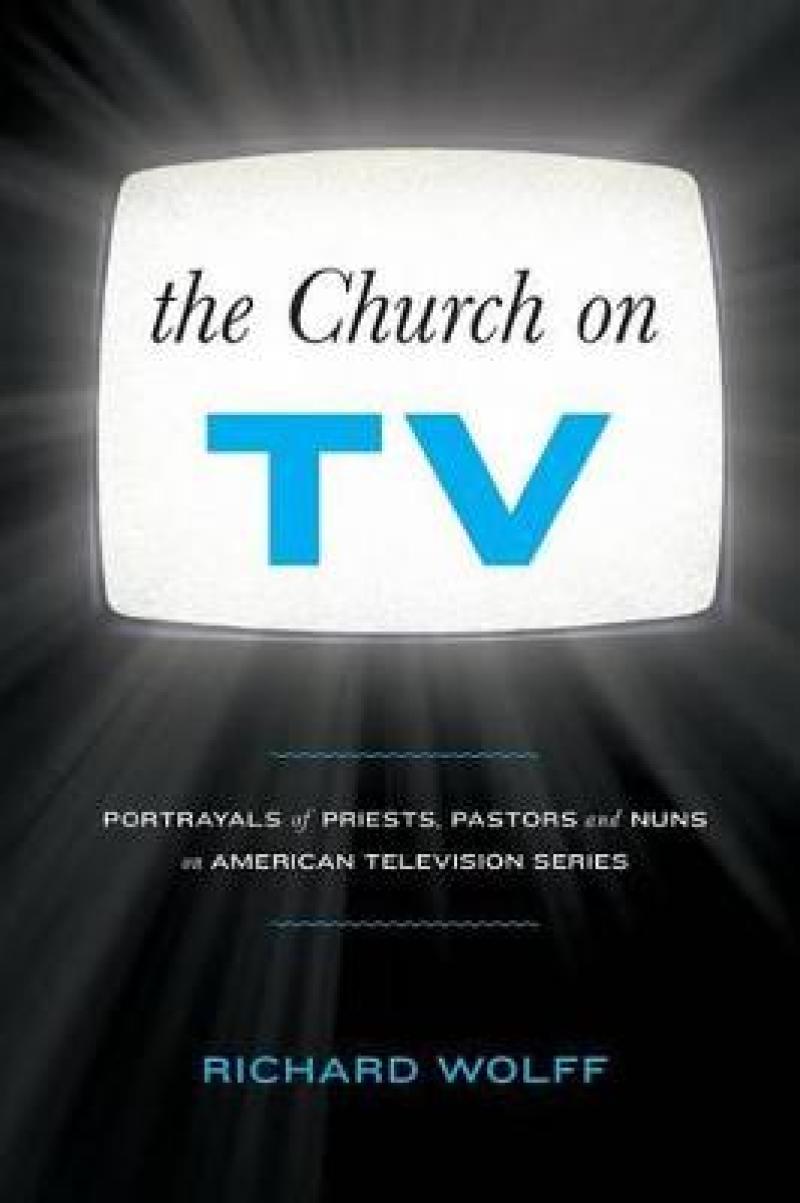Provocative and compelling. Scrutinizing over forty years of television series, Richard Wolff has provided a comparative analysis of portrayals of priests, nuns and pastors and the historical, cultural and ecclesial contexts and issues that inspired these shows. His analysis yields fresh insight into both the representation of these religious characters on television, as well as the issues and cultural contexts of both the religious and television audiences. This is both a great text for classroom use and an exhaustive resource for the study of the representation of religious characters on television. --Professor Joe Morris, Lecturer in the Religious Studies Department at Santa Clara University
Wolff's engaging and critical study recognizes that the Church is a fixture in television's version of America's cultural landscape. As he traces the Church's evolving role on TV, Wolff argues persuasively that when a show presents the Church as a stable social presence, the show is successful... For scholars and fans alike, this is a valuable addition to the literature on television. --Jamey Heit, author of The Springfield Reformation
‘What Wolff analyses and subjects to a highly skilled critique is the way Church and society relate.'
- The Church Times,
Richard Wolf’s study of <i>The Church on TV </i>is a thorough, well-written analysis of how the television medium has explored the relevance of religious institutions to contemporary social challenges through various prime time serial programs. Interested readers in the fields of communication and the media, religious studies, sociology, and the history of religion will find this book interesting and useful.
- Eileen McMahon, Lewis University, American Studies Journal
